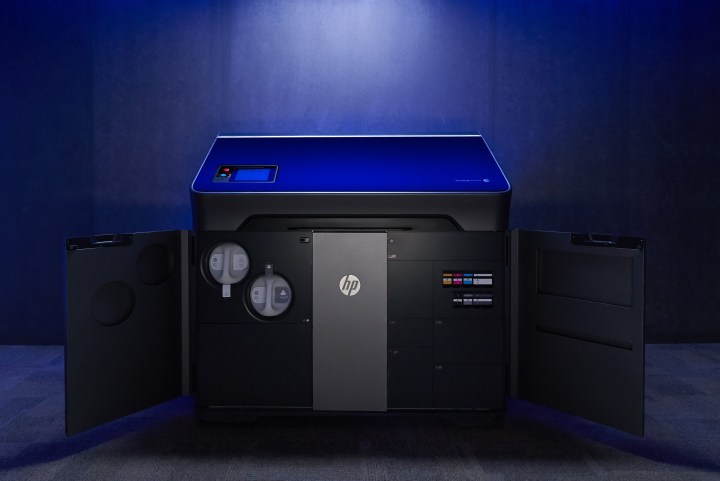
The company has launched four new 3D printers capable of printing in full color and with multiple materials within the same print.
The Jet Fusion 300 and 500 3D printers, each of which is available in black and white and color models, are HP’s next step in democratizing 3D printing. Designed with small-to-medium operations in mind, the machines start at approximately $50,000 and can easily top $100,000 depending on the specific configuration. This isn’t exactly consumer-friendly pricing, but it’s a comparatively small investment for teams looking to prototype and develop without outsourcing.
What sets these two printers apart is their ability to work at voxel-level — a voxel essentially being a 3D pixel that’s used by 3D printers to make objects — to create full color objects. Already, HP has worked with Phoenix Children’s Hospital, Yazaki Corp., and Youngstown State University to Find new purposes for full color 3D printing technology.

Seen in the above image, Phoenix Children’s Hospital has used the full-color 3D printing technology to recreate an anatomical model of a patient’s heart that has a complex defect. By doing this, doctors can better visualize the optimal surgical path and also explain to the patient’s family what will be done.
It’s not just color though. HP is also working with partners, such as SolidWorks, to boost its Open Platform. These partnerships are helping to develop different materials that will be used by the Jet Fusion printers at the voxel-level.

What this means is while printing a design, the Jet Fusion printer is able to change the material used to alter the final product. Imagine being able to 3D print a shoe insert that has a fabric-like material for the top, but offers a springy platform for optimal support, all in a single process. That’s what HP’s Jet Fusion printers will be able to do, alongside the addition of color.
HP expects 3D printing to be a vital part of what it deems the fourth industrial revolution. And from the looks of it, they’re on track with the release of these new printers and the ongoing improvements to its partnership program.
You can find out more information by visiting HP’s website.



